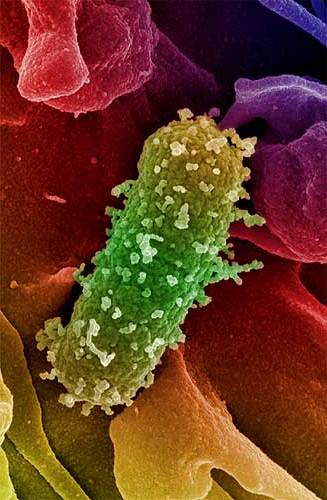The main idea of OneGenE is that if we compute the gene expansion list for each gene of an organism, we will then be able to use these expansions multiple times, to produce the final expansion list of any local gene network. With the previous gene network expansion methods, the results that we computed were affected by the knowledge of the local gene network inserted in each experiment. This means that, when we want to expand a different local gene network we cannot use the results that we already computed on the same organism. We need to schedule new ad hoc experiments for the new local gene network of interest... and this take a lot of computational time.
With OneGenE, we should be able to build a public database containing the single expansions for each gene of an organism. With this public database, we will offer the possibility to build a gene network expansion list, in very short times, by combining the already computed single expansions.

A “green” viticulture, that is a more sustainable grape growing which meets the needs of the present without compromising the livelihood and needs of future generations, is an emerging demand of the society. And this holds true for the Trentino province as well, where vineyards are often located next to the villages.
Today, we are in the fortunate situation of dissecting the molecular regulatory circuits of grapevine at unprecedented pace, thanks to the knowledge built up in the last 10 years. Since the discovery of the grapevine genome sequence in 2007 (Jaillon et al. Nature, Velasco et al. PlosOne) the expression of the ca. 30,000 genes it contains have been measured in dozens of controlled experiments and are publicly available (Vespucci).

Ribosome profiling (RiboSeq) has been used to investigate the translatome of samples from brain, spinal cord and liver of control and SMA mice.

The goal of this experiment is the identification of gene networks involving human genes of medical relevance for two broad families of human pathologies: Motor Neuron Diseases and Hematopoietic Tumors.
Human gene network expansion will take advantage of the comprehensive gene expression dataset provided by the FANTOM Project.


Escherichia coli str. K-12 is the model organism for Gram negative bacteria. More information can be found on the corresponding NICB genome project webpage and EcoliWiki.
The Escherichia coli compendium in colombos contains expression values for 4321 genes, measured for 4077 condition contrasts. This corresponds to a total of 269 experiments and 5510 samples measured on 73 different platforms.
We used the aforementioned colombos dataset and removed genes with too few expressione values. The modified dataset contains 3343 genes. We applied the PC-IM expansion algorithm to each gene using the (tsize:200, alpha:0.05, iter:2000) parameters.